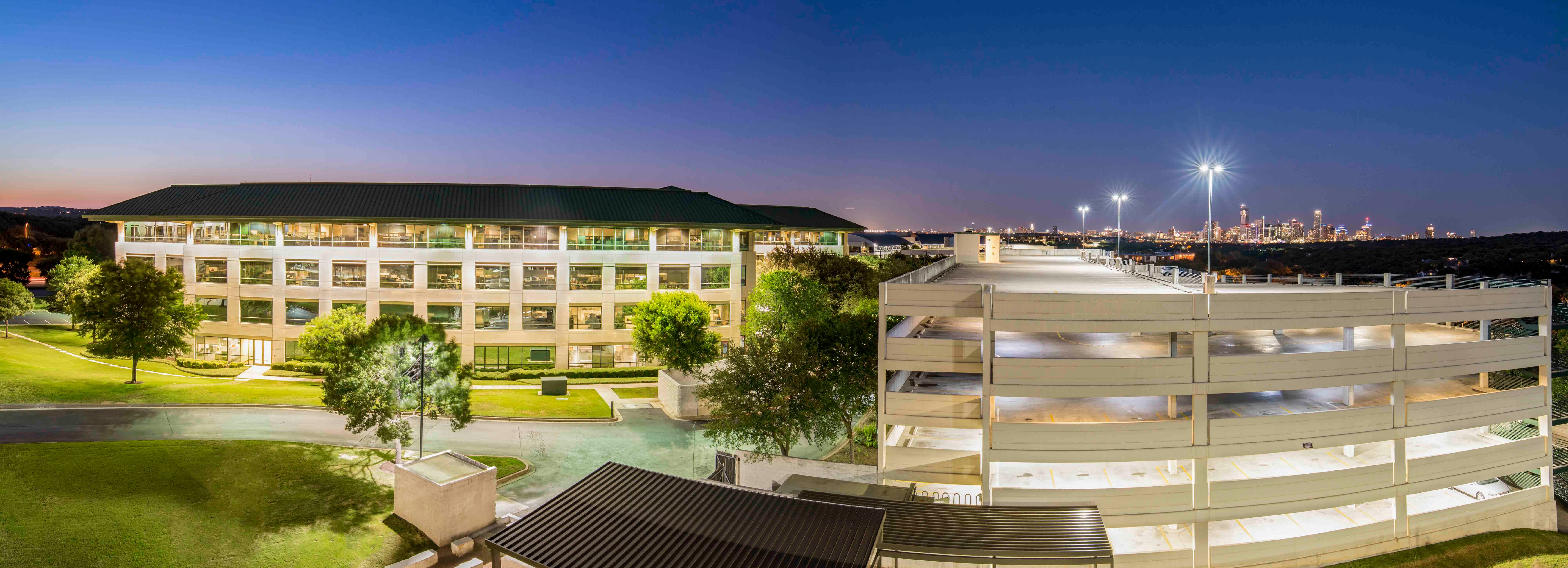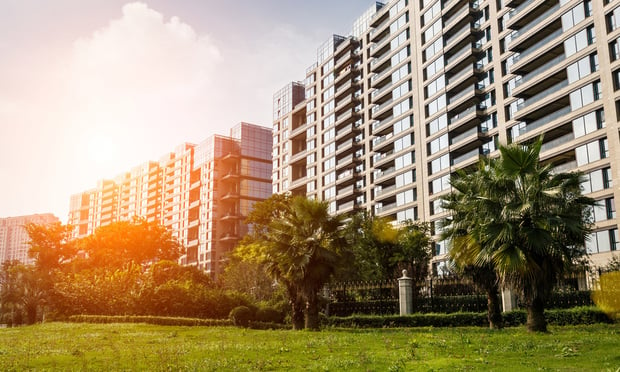AUSTIN, TX—Austin is one of the fastest growing areas in the country, but as a result, has a real transportation challenge ahead of it. Capital Metro's Austin In Motion study found that congestion/traffic is the most serious problem that has come from fast growth in the Austin area, according to 70% of respondents. There is simply not enough capacity in the current transportation system to accommodate the vast growth.
Looking ahead, Austin's transportation infrastructure will be a threat to its future economic growth, which could have a softening effect on the office market. Austin desperately needs vast improvements in the capacity of roadways and mass transit, according to a fourth quarter office report by Savills Studley. The quarterly report is a compilation of office leasing statistics and trends, major transactions, submarket comparisons, employment trends, and investment and development trends specific to the Austin region.
John Scoblick, corporate managing director, Savills Studley tells GlobeSt.com: “Our inadequate transportation system and the resulting congestion and traffic is recognized by the majority of Austonians and business leaders as the number one issue facing the city as a result of the cities fast growth. Left unchecked, it will impact the status of Austin as a leading office market and jeopardize its continued growth and quality of life. Unlike what Oracle recently announced in developing a new Austin office project and acquiring nearby apartments for their employees use, this is not a solution for most companies. A long-term transportation solution will require a most comprehensive and expensive plan.”
Recommended For You
Want to continue reading?
Become a Free ALM Digital Reader.
Once you are an ALM Digital Member, you’ll receive:
- Breaking commercial real estate news and analysis, on-site and via our newsletters and custom alerts
- Educational webcasts, white papers, and ebooks from industry thought leaders
- Critical coverage of the property casualty insurance and financial advisory markets on our other ALM sites, PropertyCasualty360 and ThinkAdvisor
Already have an account? Sign In Now
*May exclude premium content© 2025 ALM Global, LLC, All Rights Reserved. Request academic re-use from www.copyright.com. All other uses, submit a request to [email protected]. For more information visit Asset & Logo Licensing.









